|
Thanks to reader Debbi Dieter for suggesting this creature. In the United States, there are only two species of deer (white-tailed deer and mule deer), which typically grow to 200 to 300 pounds (90-136 kg). However, we have a few other ungulates (hoofed animals that walk on the tips of their toes), such as elk, moose, bison, mountain goats, and others (yes, I know elk and moose are technically deer). Some of these other ungulates, like the moose, can grow to 1,500 pounds (680 kg). And when we consider ungulates from other parts of the world, some of them, like the white rhinoceros, can weigh up to 9,900 pounds (4,500 kg). In other words, ungulates are generally BIG animals. So, what's the smallest of all the ungulates? It turns out to be the mouse deer, also known as the Chevrotain. What the heck is a Chevrotain? Chevrotains are small ungulates that live in the forests of South and Southeast Asia (and one of the species lives in Africa). The smallest of these, the Java mouse deer, is the size of a rabbit, usually weighing only 2.2 to 4.4 pounds (1-2 kg). Mouse deer are not actually true deer (although they are ungulates). They belong to the family, Tragulidae. There are a number of extinct species in this family, and the ten species alive today are all that's left of this ancient group. Amazing facts about Chevrotains Mouse deer are in an old family. This group of mammals originated about 34 million years ago, and they haven't changed much since then. They are considered primitive ruminants. Ruminants are mammals that get their nutrients from plants by having the consumed plant material ferment (with the help of microbes) in specialized stomach compartments before going into the rest of the digestive system. Chevrotains have four stomach chambers for this, but the third chamber is poorly developed compared to that of more modern ruminants. Chevrotains are thought to be a stepping stone between ungulates with simple stomachs (like pigs) and ungulates with highly-evolved four-chambered stomachs (like true deer and cows). Mouse deer do not have antlers or horns. But they do have something unusual—elongated teeth, or tusks. Why does a tiny little ungulate have tusks? Well, only the males have these tusks, and they use them when they fight each other. Why do they fight each other? To compete for mates, of course. This is the same reason many other ungulate males fight. The male deer that live around our house get into these nasty shoving matches using their pointed antlers. Bighorn sheep males charge at each other and smash their brains out (not literally) in a head-on collision. And the little chevrotain males slash at each other with their sharp tusks. It's all about being dominant. Good thing humans aren't like that, right? Hmm... Chevrotains have extremely thin legs and feet. With those tiny legs, they can't turn very quickly, but the legs do help them run through the thick brush of their forest habitat. Chevrotains have mysterious blood. First of all, they have the smallest red blood cells of any mammal. As far I can tell, no one knows why their cells are so small. Not only that, but about 13% of their red blood cells have little pits in the cell surface. These pits have never been observed in the blood cells of any other animal, and we simply do not know what function they serve. See the pits in electron microscope image below. Also note that the red blood cells are almost round (spherical), which is another unusual characteristic. Weird. After a very long gestation period of 7 to 9 months, chevrotain females give birth to only one young. But... they usually mate again within an hour or two after giving birth. And they continue to do that throughout their adult life, breeding and giving birth all year round. Wow, that means the females are pregnant almost their entire lives! The young are very well-developed when they are born, and within 30 minutes they can stand and run around at full speed. Now this little tidbit of information is particularly unusual for an ungulate. Several species of chevrotains are water lovers. In fact, the species that lives in Africa is called the water chevrotain. This creature will dive into the water whenever it senses a predator is near. They sink to the bottom and actually walk along the stream bed. To keep the current from carrying them away, they scrunch down to reduce the water resistance, and they also grab hold of submerged plants. They can stay under water this way for four minutes! Then they slowly move to the edge of the stream and discretely raise their nose up and take another breath, thus avoiding the predator until it gets bored with waiting and goes off in search of easier prey. Check out this video of a water chevrotain avoiding an eagle. One more interesting fact. Another way that the chevrotain responds to danger is to stomp its feet (actually, large species of deer do this, too). Chevrotains can stomp four to seven times per second, creating a "drum-roll" sound to warn other chevrotains in the area that a predator is near. So, the chevrotain deserves a place in the F.A.H.O.F. (Fabulicious Animal Hall of Fame). FUN FACT: Well, the word fabulicious is obviously a combination of fabulous and delicious. The word fabulous originated way back in about 1540, and it has roots in the word fable. In other words, it referred to something too amazing to be true. And the word delicious originated even earlier, about 1250, and it meant very pleasing or delightful (especially in smell or taste). At some point, some brilliant person decided these two words belonged together, and thus fabulicious was born. So, fabulicious is another way to say awesome! Photo Credits:
Mouse Deer #1 - The Washington Post Mouse deer tusk - Arjan Haverkamp via Flickr Mouse deer blood cells - K. Fukuta, H. Kudo and S. Jalaludin, Journal of Anatomy Mouse deer with baby - ZooBorns Mouse deer stomping feet - ZooBorns
0 Comments
Leave a Reply. |
Stan's Cogitations
Everyone needs a creative outlet. That's why I write. Archives
April 2024
|

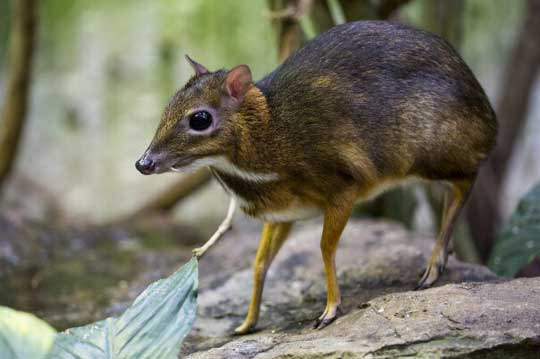
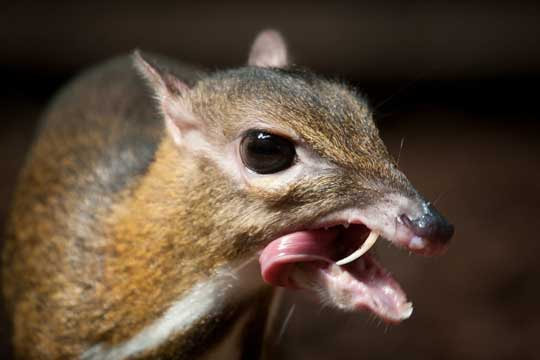
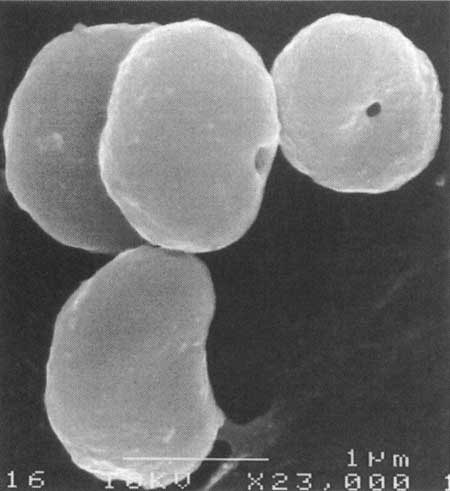
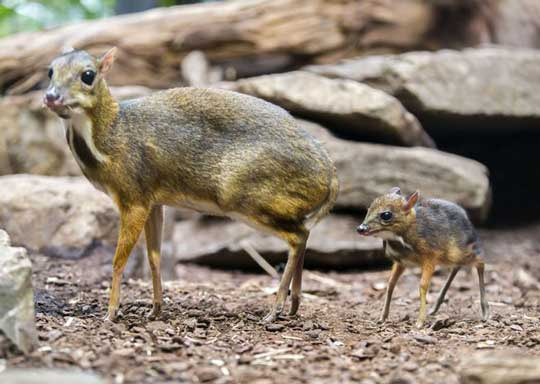
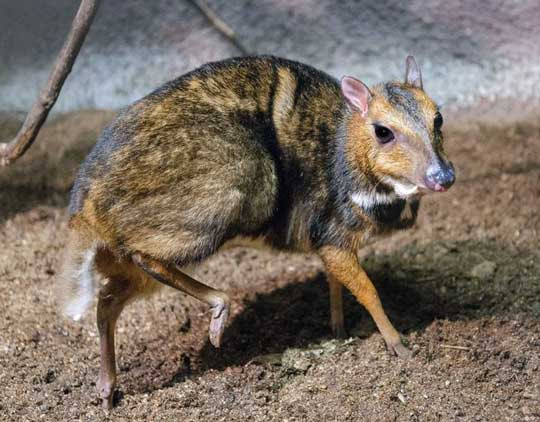
 RSS Feed
RSS Feed